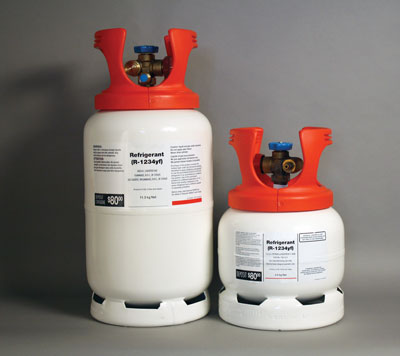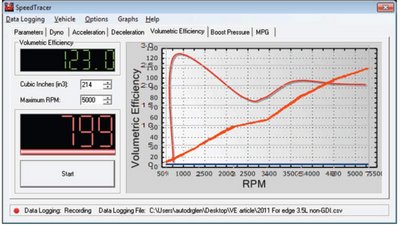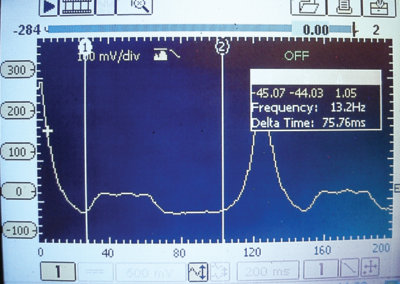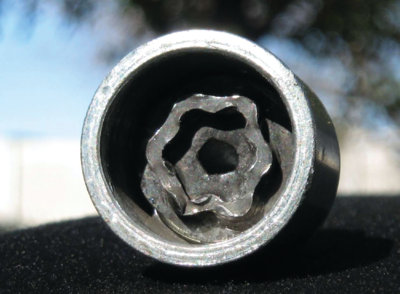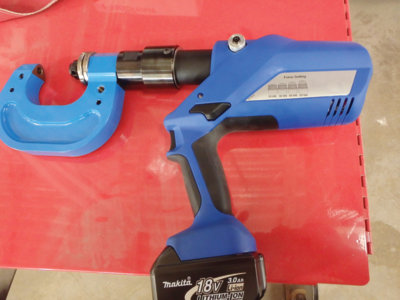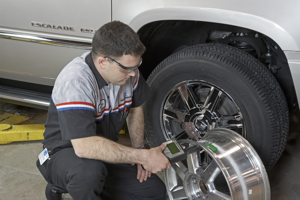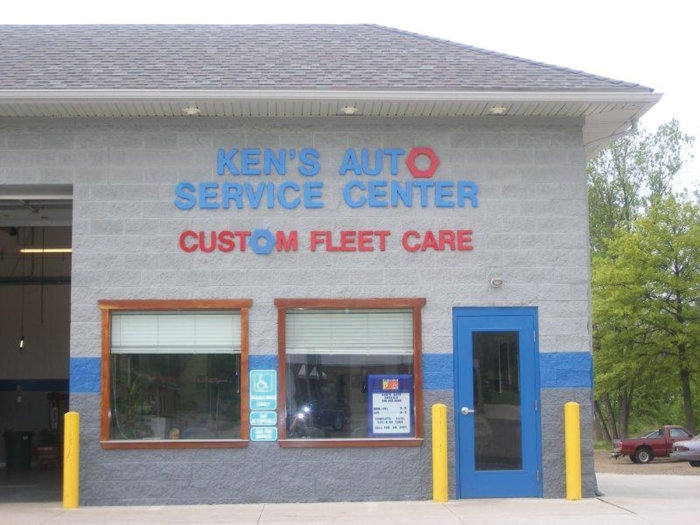 Beissbarth will revolutionize the wheel alignment industry with the world’s first completely touchless wheel alignment system. This revolutionary system eliminates the need for clamps and wheel adapters. Damage to sensors and expensive rims caused by setup are a thing of the past. In addition to making alignment tear down obsolete and providing immediate vehicle evaluation, the Touchless system within seconds of exiting the vehicle displays the relevant measurements for tire wear and axle contact points.
Beissbarth will revolutionize the wheel alignment industry with the world’s first completely touchless wheel alignment system. This revolutionary system eliminates the need for clamps and wheel adapters. Damage to sensors and expensive rims caused by setup are a thing of the past. In addition to making alignment tear down obsolete and providing immediate vehicle evaluation, the Touchless system within seconds of exiting the vehicle displays the relevant measurements for tire wear and axle contact points.
At the heart of the Touchless is the Integrated Reference System (IRES). The IRES allows the four “Touchless Pods” or T-Pods to continuously see the position of the other T-Pods. With Beissbarth’s patented IRES, placement of the sensor in relation to wheel position need not be exact. The T-Pods utilize the industry standard Beissbarth CCD eight-sensor track system to form a 360-degree measurement field. In addition, the T-Pods utilize an integrated CCD Infra-red pendulum system that allows for automatic recognition and correction of minimal inclinations of each T-Pod within the measurement bay. The result: Light Speed Alignment with flawless accuracy without the need for precise alignment of the T-Pods.
While conventional wheel alignment systems utilize either six or eight LED’s to facilitate the measurement of alignment angles, the Touchless system utilizes 7,200 LED’s. The LED’s intensity is computer controlled by a Beissbarth program created specifically for the Touchless to compensate for ambient light and reflections.
Each T-Pod utilizes a dual CCD camera measurement system. Each of the two cameras is surrounded by 900 LED’s to provide illumination to facilitate measurement. The two cameras have a slightly different viewing angle to the wheel. The integration of the two images produces a spatial display. This principle is similar to the way we can see in three dimensions. Two-dimensionally perceived images, from each of our eyes are integrated in our brain to give a spatial impression.
The data is processed and displayed on the computer systems color monitor using BFORCE (Multi Imaging DSP) technology, with four (4) DSP processors in each T-Pod to evaluate the stereoscopic images and calculate how the rims are spatially positioned. The sensors are designed to withstand the rough environment of today’s automotive workshops.
Neither the shape, color, size nor state of cleanliness of a wheel influences the measurement results. A special NON-Database Beissbarth exclusive rim identification program ensures that virtually all rims can be measured. Sunlight and ambient light entering the work area does not interfere with the alignment process.
The standard Beissbarth requirements for the measurement bay still apply including pre-alignment checks such as tire pressure, correct ride height, etc. The adjustment work is carried out as with a conventional alignment system, except that you get to the adjustment process in seconds with Touchless.
Beissbarth ORACLE, the intelligent software program specifically designed for the Touchless, provides an innovative program design and user interface in a Windows XP Pro environment. It offers a clear, intuitive process and reduces operation time. With a single selection of the ORACLE icon the software guides the technician quickly and in a user friendly format throughout all of the alignment stages. The ORACLE’s software will learn and adapt to the technician or the technician can define their alignment sequence and the ORACLE will automatically set their preferred procedure as standard.
The Touchless ORACLE software provides the technician with adjustment aids including adjustment procedures, digital photos, video’s and a three dimensional printout to provide to the customer. The ORACLE will provide a tabulated printout for the technician. The ORACLES target database is the market’s most comprehensive compilation with more than 20,000 vehicles going back as far as 1965. The database includes video clips, drawings and animations, and supports more than 20 languages. Software updates with reference values can be installed around the clock via the Internet.
For additional information on products offered by Beissbarth, visit www.beissbarthusa.com or E-mail: [email protected].


